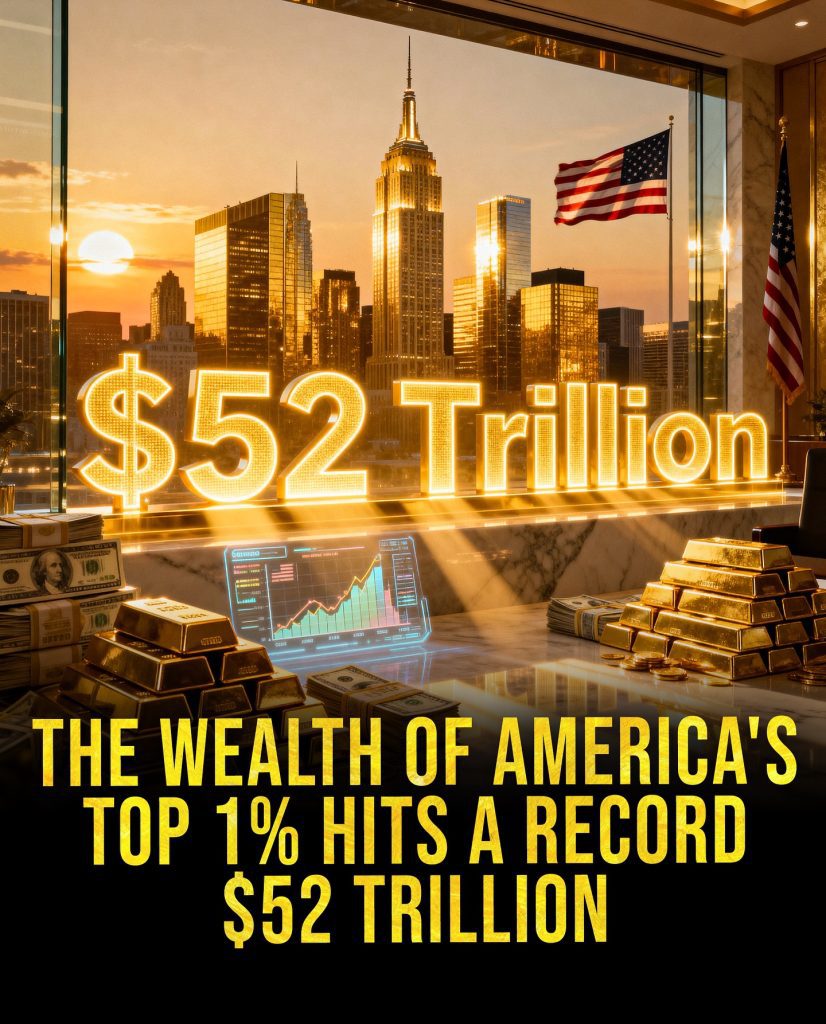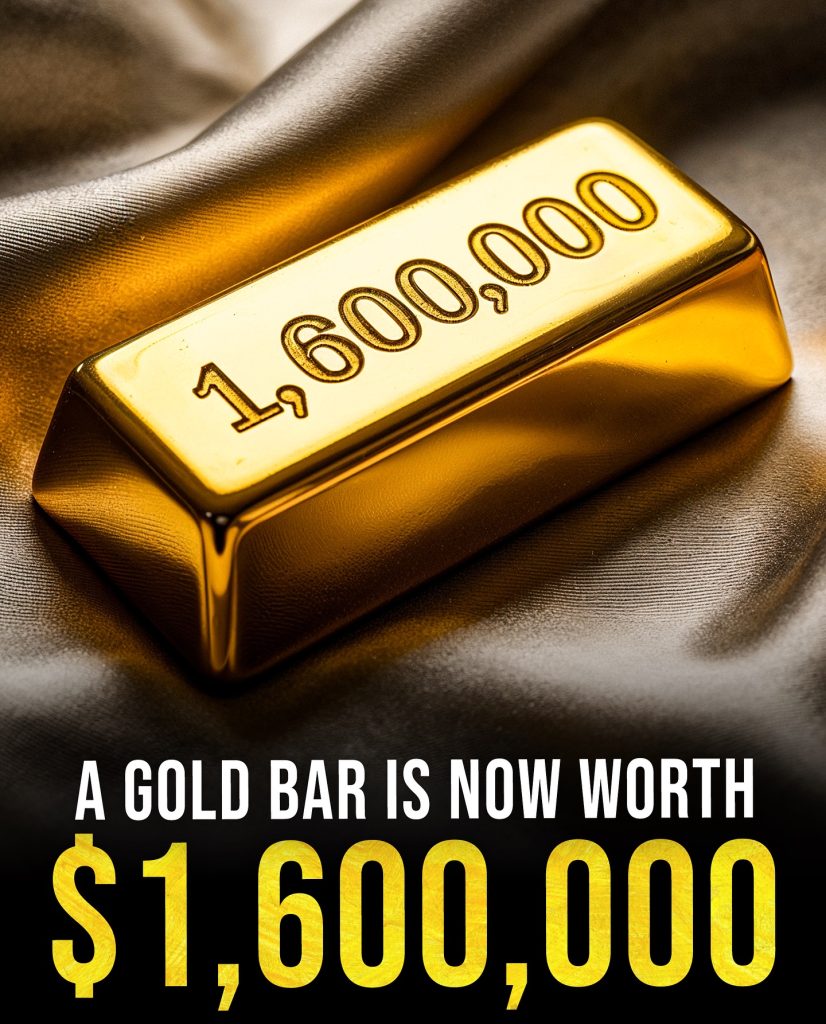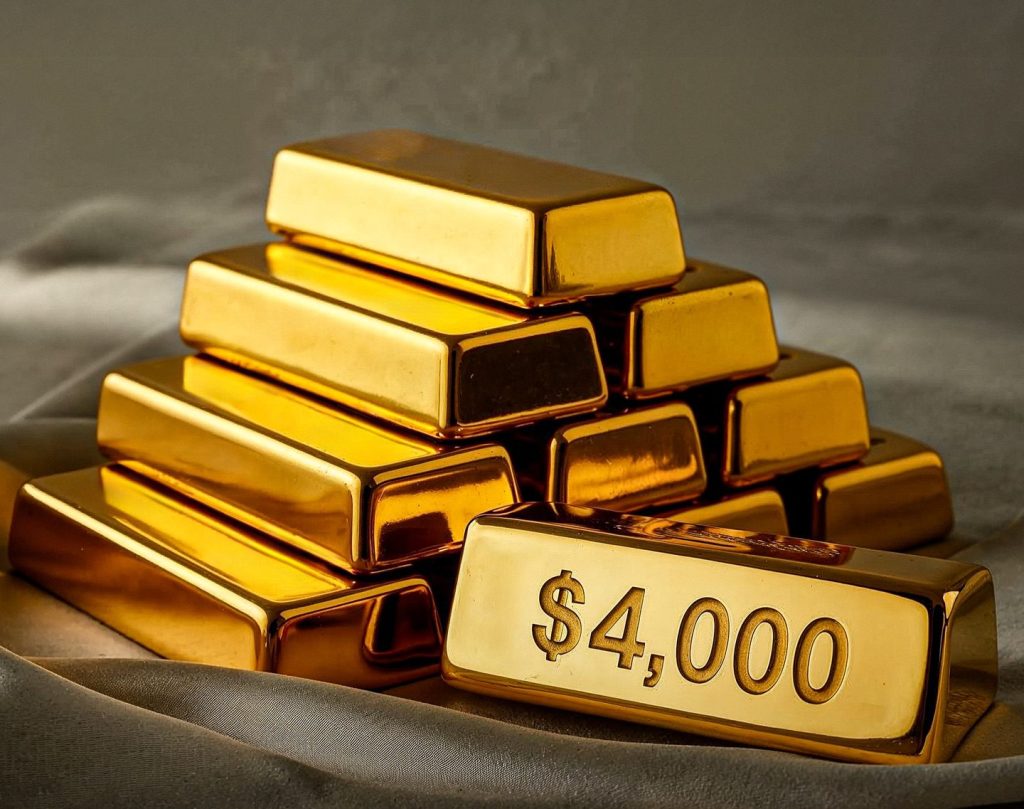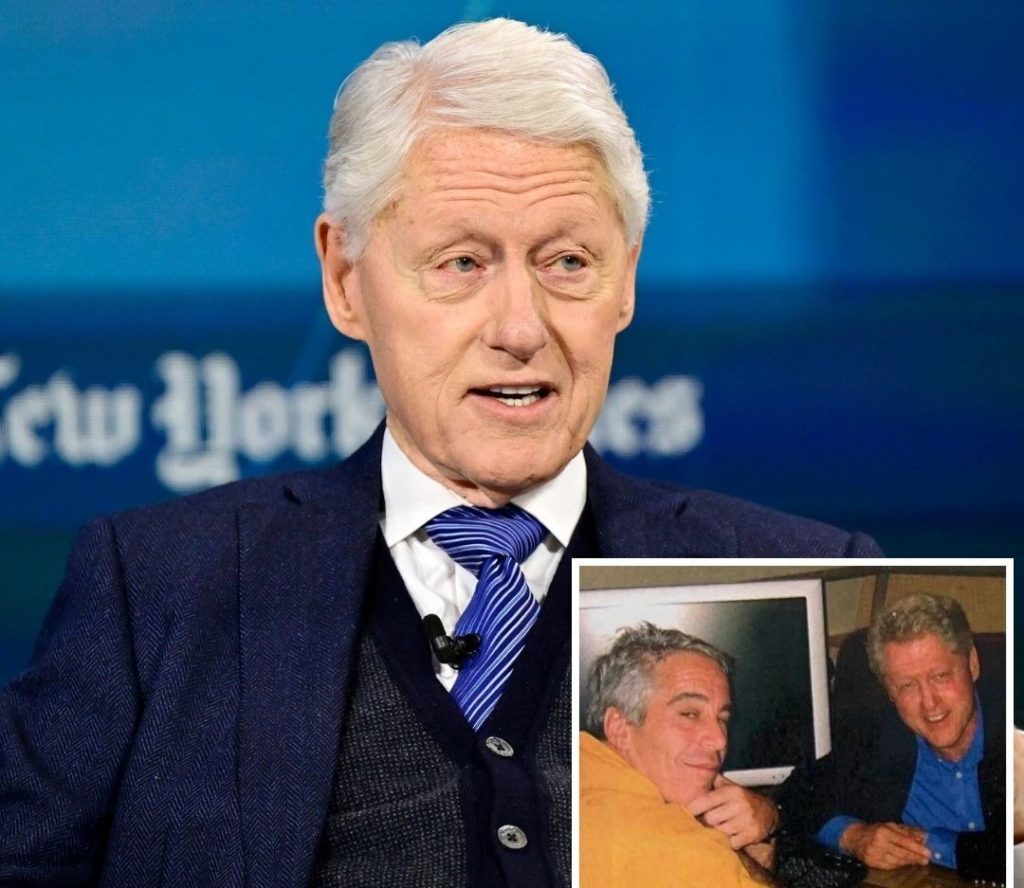Gold Reaches Over $4,000/Oz for the First Time in History — Wealth, Reserves, and the New Era of Precious Metal Power
Gold Reaches Over $4,000/Oz for the First Time in History

The price of gold has done what many investors thought was impossible — it has crossed the $4,000 per ounce mark for the first time in recorded history. What was once a benchmark of economic safety has now become the world’s strongest symbol of value and uncertainty intertwined. For months, markets buzzed with speculation that gold would break past the psychological barrier. Now that it has, the question isn’t “if” anymore — it’s “what happens next.”
Behind this surge is a storm of factors: inflation that refuses to cool completely, persistent geopolitical tension, and a growing distrust in paper assets. Central banks around the world have been quietly buying up gold, seeking to hedge their reserves against what they view as an unstable global financial future. The metal’s steady shine has once again proven that when the world gets nervous, gold gets stronger.
Investors, both large and small, have followed suit. Exchange-traded funds tracking gold have seen record inflows this year. Even retail buyers are feeling the pull — gold coins and bullion dealers in cities like Dubai, Hong Kong, and New York report long queues and sold-out inventories. To many, gold is no longer just a hedge; it’s a statement of faith that in a world dominated by fluctuating currencies and fragile politics, something tangible still holds value.
Crossing the $4,000 mark has also redefined what wealth preservation looks like. It signals not just an economic moment but a generational shift in how people view safety, security, and the future of money.
The Wealth of America’s Top 1% Hits a Record $52 Trillion

While gold glitters globally, another number has startled economists: the combined wealth of America’s top 1% has reached an unprecedented $52 trillion. That’s more than the GDP of every other major economy except the entire world’s total output. It’s a staggering concentration of wealth — one that speaks volumes about the modern era of inequality and investment power.
Much of this fortune is tied not just to stock markets, but to assets that grow faster than wages: real estate, private equity, and increasingly, commodities like gold. The ultra-wealthy have long used precious metals to diversify and shield their holdings from inflation, but this latest spike in gold prices has made them richer than ever.
Financial analysts note that this wealth surge coincides with record highs in asset valuations — from luxury property markets to high-end collectibles. Yet, beneath the glamour lies a more complex truth: much of this wealth has been built by betting on scarcity. In a time when most people are struggling with the rising cost of living, the richest have doubled down on assets that become more valuable as everything else feels less secure.
The visual of gold bars stacked against Manhattan’s skyline tells its own story. The same way the Empire State Building once symbolized ambition, today, gleaming metal has become the new emblem of power. For America’s elite, $52 trillion isn’t just a milestone — it’s a mirror reflecting how deeply intertwined wealth and confidence in tangible assets have become.
The U.S. Gold Reserve Reached Over $1 Trillion for the First Time in History

Amid this global gold rush, the United States has quietly achieved a milestone of its own: its official gold reserve has now surpassed a market value of $1 trillion. That’s not because the U.S. added new bullion to its vaults — it’s because the value of its existing hoard has soared to new heights.
The U.S. holds roughly 261 million ounces of gold, mostly stored in places like Fort Knox and the Federal Reserve Bank of New York. For decades, those reserves have sat largely untouched, serving as a symbol rather than an active trading asset. But with gold now priced above $4,000 per ounce, the notional value of that reserve has crossed the trillion-dollar threshold for the first time ever.
It’s a striking reminder of how global shifts in perception can rewrite the value of what a country already owns. In the past, gold reserves were seen as relics of an outdated monetary system. Today, they’ve become proof of economic credibility in an uncertain age. Nations that hold significant gold now stand stronger in a world where trust in digital and fiat currencies is being quietly questioned.
Central banks across Asia and the Middle East have been on a buying spree, boosting their reserves at a historic pace. China, Turkey, and India are leading the charge, while Russia continues to accumulate gold despite sanctions. These moves aren’t random — they’re strategic. In an increasingly fragmented world economy, gold is the one form of money that requires no permission to hold and no trust to spend.
For the U.S., this trillion-dollar valuation adds a layer of reassurance. Despite mounting debt and global competition, it remains home to the single largest gold reserve on the planet. The symbolism of crossing $1 trillion is powerful — not just for economists, but for a public that has long associated gold with stability and national pride.
A Gold Bar Is Now Worth $1,600,000

At today’s prices, a standard 400-ounce gold bar — the kind used by central banks and large investors — is now worth roughly $1.6 million. Just a few years ago, that same bar was valued at less than half of that. The math is simple, but the message is profound: small movements in gold prices can translate into vast differences in wealth when measured in scale.
For institutions, that means the stakes are higher than ever. Every vault, every reserve, every ton of stored metal represents immense value. For individuals, it’s a stark reminder that tangible wealth — the kind you can touch — has once again reclaimed its allure.
Economists warn, however, that this surge also has consequences. Gold’s rise often coincides with anxiety in the broader financial system. It’s a barometer for trust — and when prices rise this fast, it usually means confidence elsewhere is fading. Yet this time feels different. The market isn’t reacting to sudden crisis or panic; it’s responding to a slow, deliberate shift in how the world defines security.
Gold’s rally has sparked conversations about the future of money itself. As digital currencies, inflationary policies, and geopolitical realignments shape global markets, people are looking back to something ancient for reassurance. It’s almost poetic — the same metal that backed ancient civilizations’ trade now anchors the digital economy’s fear of collapse.
In practical terms, gold’s new price levels could ripple across industries. Mining companies are booming, exploration budgets are expanding, and nations with rich mineral resources are gaining leverage. Meanwhile, jewelers and manufacturers are already adjusting to higher costs, and financial advisors are revising their models to reflect a new normal in asset allocation.
For everyday savers, the message is clear: gold has reasserted its role as the ultimate long-term store of value. Whether you’re an investor watching markets or a citizen watching history, the symbolism of this moment runs deep.
From $4,000 an ounce to $1.6 million bars, from trillion-dollar reserves to trillionaire wealth, gold has once again proven its unmatched resilience. It stands at the intersection of history and hope — a reminder that even in an era of algorithms and artificial currencies, real value still shines brightest when it’s forged in metal.



